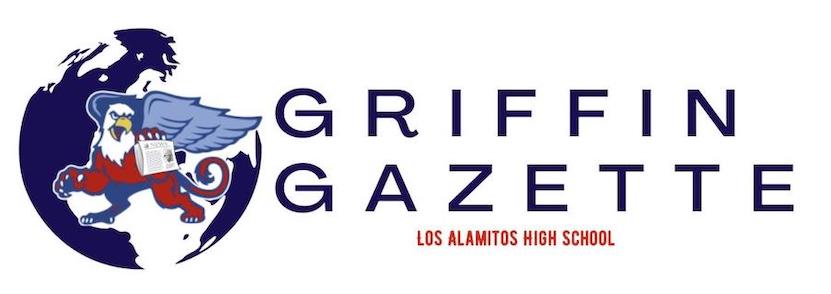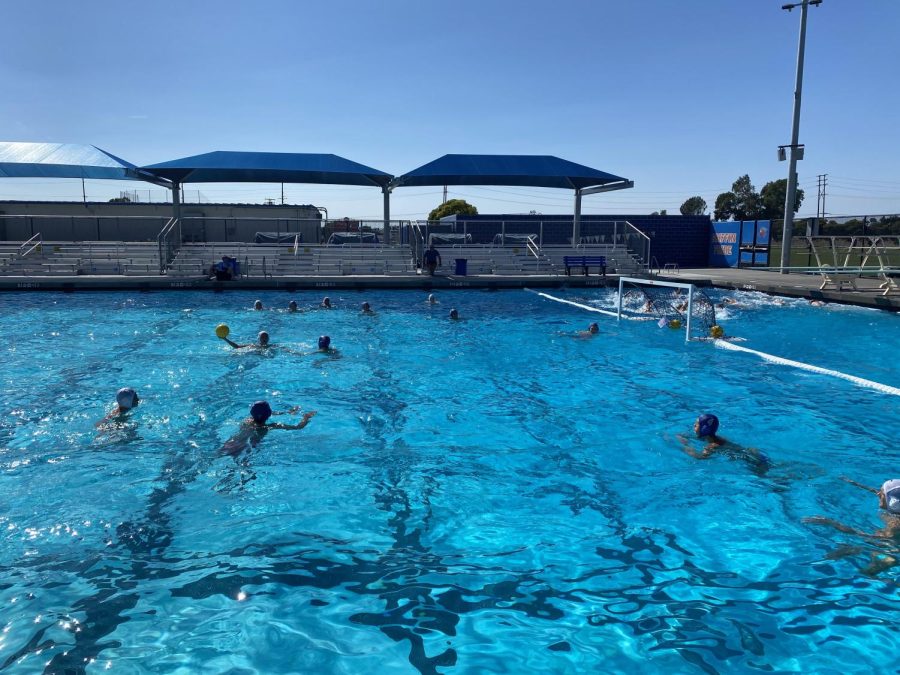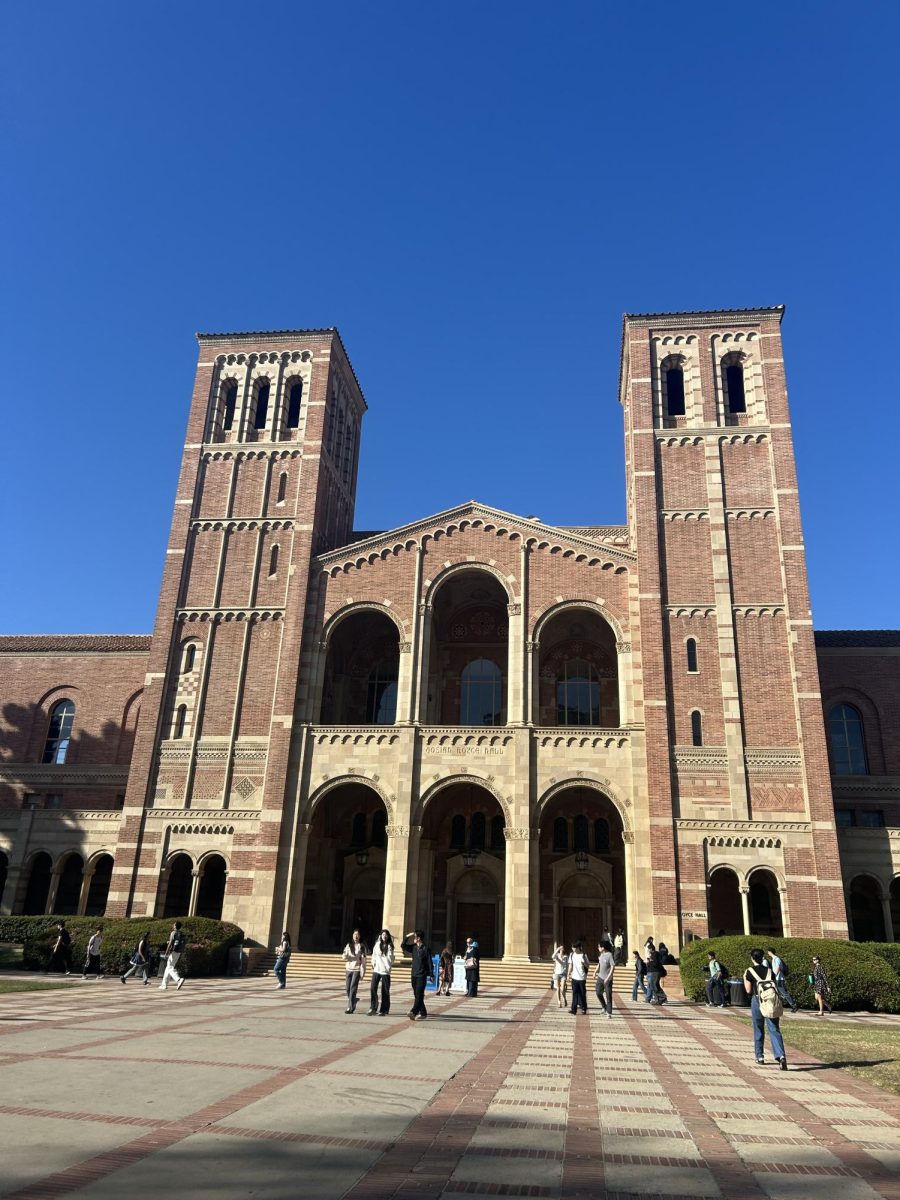All about balance: Griffins’ lives in athletics
Sports may interfere with the daily academic lives of student-athletes.
The Los Al Men’s Varsity Water Polo Team at afternoon practice.
September 14, 2022
LOS ALAMITOS, CA — Students who take advantage of opportunities within athletics may face struggles due to the recent division of attention and time necessary to keep up.
With each exciting and eventful football season full of home and away games, students are forced to balance hours of practice each day outside school. Football players are typically practicing from 4-6 p.m. every day leading up to their weekly game. Moreover, if the athletes’ weekly game takes place on a Friday or Saturday, the practice schedule changes to every day during sixth period during the week and incorporates optional activities during the weekends
“That is just a small shift in everyone’s day. It’s off but [only by] about 30-ish minutes, so we really try and prioritize that our student-athletes…have plenty of time to be students and finish their [assignments],” TJ Fenton, Head Coach, said. Even with the overtime hours after school, Fenton attempts to give athletes enough time to maintain proper academic structure after practice.
Assistant girls’ tennis coach, Alexandra Gahungu, comments that the athletes usually have practice for one hour and 30 minutes. A notable finding from Gahungu is that the practice schedule has changed over the past number of years from every weekday to simply Mondays through Thursdays with no team practice on Friday through Sunday; however, the coaching staff strongly encourages independent practice.
“We are adjusting to our students’ needs,” Gahungu said. Gahungu elaborates that when the weekly maximum of two potentially several-hour matches take place, the time commitment from students can total up to 9 hours. Gahungu accredits student success in simultaneously handling athletics and academics with how much time they require outside of class to complete assignments. As the class advancement of particular courses may signify a larger time commitment, a large portion of potential academic prowess may be negatively affected by long practice sessions and game days. Thus, it is up to the athletes how they manage their time and complete their everyday tasks such as their academics or even manage needs as simple as hygiene and food.
“If I can, I try to push as much of [my work] as possible to the weekend when I have more time to do it, but I still have…usually around one hour and 30 minutes. I get home around 6 p.m., so after relaxing, eating dinner, and showering, I am usually able to finish it all before 10 p.m,” said student water polo athlete Christian Szymborski. Students may make do with their free time in varying ways, but these time management methods seem to reasonably maintain both academic and athletic structures even with the amount of work that comes with it.
Coaches and students at the high school currently face challenges with time due to the change in the bell schedule. Sports’ schedules allow student-athletes to manage both academic courses and athletics in a way that enables a balance for both.








Katie Arnoult • Sep 15, 2022 at 12:25 pm
I think a lot of people who don’t do sports or have this kind of lifestyle at school aren’t really aware of what the student-athletes have to deal with every day, so this was a really cool “inside-look” at how that all works. Great job Jason and Kate!
lfranzen • Sep 15, 2022 at 8:19 am
A high percentage of our Los Al population is involved in athletics or in choir. There was much worry about how this would impact our students who spend the most hours on campus. Thank you for providing this insight.